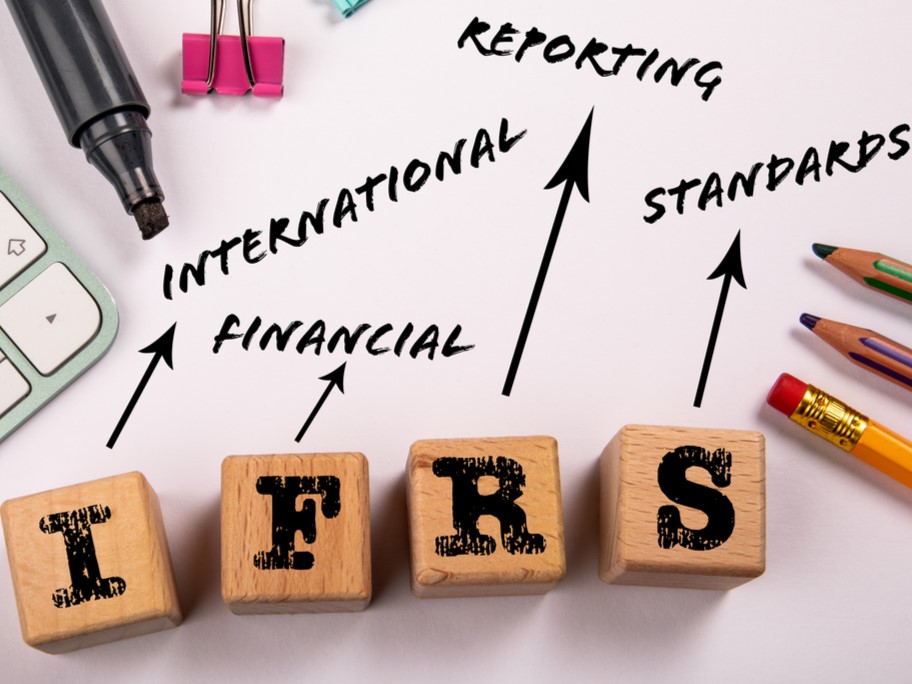How IFRS-17 changes P&C industry’s financial reporting language

Over the past year, Canada’s P&C insurance industry has been reporting its financial results using the new IFRS-17 accounting standards. The outcome recalls the biblical story of the Tower of Babel.
In the Book of Genesis, everyone on Earth speaks the same language and they migrate to one spot before starting to build a city featuring “a tower in the heavens.” God becomes concerned and says, “Come, let us go down and confuse their language there, so that they will not understand one another’s speech.”
Post IFRS-17, the industry has worked hard to build a mighty tower of transparent key performance indicators (KPIs) to create a common language for reporting financial results. But the upshot of the work so far is that there is plenty of opportunity to misinterpret the results.
“The most concerning part about [the new financial accounting standards] is the lack of consistency in IFRS-17,” Bryan Lillycrop, vice president of financial reporting at Definity, and chairman of the Insurance Bureau of Canada (IBC)’s finance standing committee, told IBC’s April financial affairs symposium.
“It’s interesting, our [new accounting] standard, which is supposed to make us all comparable, has made us less comparable than we’ve ever been in the industry.”
Genesis of IFRS-17
How did it come to pass that IFRS-17 has insurers all speaking such different languages when it comes to interpreting financial results?
Alister Campbell, president and CEO of the Property and Casualty Insurance Compensation Corporation (PACICC), recently explained to B.C. brokers the genesis of IFRS-17 and the ‘problem’ the new financial accounting standard is supposed to solve.
“During the [global] financial crisis [in 2008], it turned out that IFRS-4, which we always used, had not fully exposed the risks associated with longer-tail liabilities in the product mix of the major life insurers of the planet,” Campbell told brokers attending the Insurance Brokers Association of B.C.’s 2024 AGM and Leader’s Conference in June.
“And that was particularly exposed in Canada, where Manulife discovered it and had a giant hole in its balance sheet attached to the annuity book that they bought when they acquired John Hancock in the U.S. The solution from the global accounting standard setters was to inflict IFRS 17 on the insurance industry.
“And when they say ‘insurance,’ they don’t differentiate between the people that needed this new standard and us [in the P&C insurance industry]. And so, the entire industry has had to make a massive migration…to IFRS 17. And when you think of it, it’s half the value of Y2K at twice the price.”
Intended benefits
The purpose of IFRS 17 is to have “one accounting model for all insurance contracts in all IFRS jurisdictions,” as the International Financial Reporting Standards (IFRS) Foundation puts it.
“IFRS 17 provides consistent principles for all aspects of accounting for insurance contracts. It removes existing inconsistencies and enables investors, analysts, and others to meaningfully compare companies, contracts and industries.”
The new financial reporting standard applies to 450 insures globally with more than $13 trillion in assets in 2015, the IFRS foundation says.
Canada’s solvency regulator, the Office of the Superintendent of Financial Institutions (OSFI), said its objective was to make IFRS-17 implementation ‘capital neutral.’ In other words, the P&C industry overall would not lose any capital required to pay out insurance claims to Canadians.
“We heard them say, ‘We want to be capital neutral,’” says Bobby Thomspon, a partner in the audit practice of KPMG Canada, who advised insurers on the implementation of IFRS-17.
“And ultimately — and it’s actually quite funny — if you were to look at the domestic companies at the end of 2022 under IFRS-4, and then at the end of 2023 under IFRS 17, the MCT [capital] ratio industry-wide, as published on the OSFI website, is 249% in both years. That’s about as capital neutral as you can get.”
But “there have been winners and losers” along the way, Thompson adds. “Individual companies have had to put more capital in the system, or had gains on their capital. That’s just a function of where the risks lie for different companies and the nature of the impacts.
“But on an overall industry basis, I think there’s a positive story to be told.”
This article is excerpted from one appearing in the June-July 2024 print edition of Canadian Underwriter. Feature image courtesy of iStock.com/tumsasedgars







